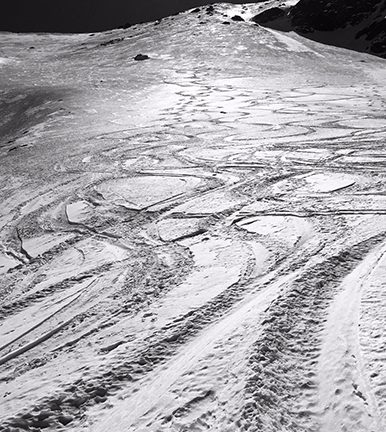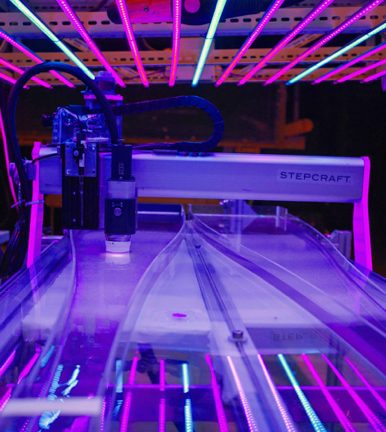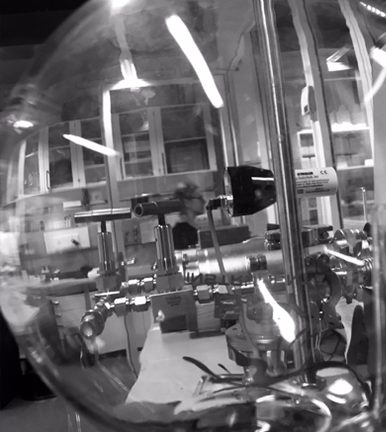Facilities

SENSORS
Since three years, we measure every ten minutes parameters that are relevant to the quantification of carbon fluxes in Alpine streams. Parameters include streamwater discharge, temperature, dissolved oxygen, carbon dioxide, electrical conductivity, turbidity, dissolved organic carbon as well as air temperature, carbon dioxide, barometric pressure and light. Instrumented streams are located in the Cantons of Valais (Valsorey, Val Ferret, Champéry) and Vaud (Avançon).
These sensor networks, in combination with regular field surveys on channel geomorphology, hydrology and reference sampling, are at the core of our endeavor to better understand critical ecosystem processes and carbon fluxes in Alpine streams and how they may change as glaciers shrink.
This effort is part of our SNF METALP and C-CASCADES projects, and is affiliated with NSF Macrosystems Biology Program StreamPULSE (Bernhardt, Heffernan and McGlynn).

EXPERIMENTS
We have designed and constructed a unique experimental set-up that allows us to study and quantify the morphogenesis of phototrophic biofilms. The set-up consists of a fully automated Optical Coherence Tomography (OCT) microscopy from Thorlabs© system connected to a microelectrode profiler from Unisense©. A robust Stepcraft© allows the precise and reproducible geo-referencing of the OCT and the microelectrode. With this system, we can quantify 3D features of “biofilm landscapes” over 0.5 meters and relate these to metabolic properties.

LABORATORY
Our laboratory is equipped for basic biogeochemical analyses, such as dissolved organic matter (Sievers TOC Analyser, Horiba Aqualog) and gases (MIMS Bay Instruments, Picarro G 2201-i) and for basic microbial analyses, including flow cytometry (Acea NovoCyte) and microscopy (Zeiss Imager Z.2, Zeiss Discovery.V12 SteREO, Thorlabs OCT). For all other analyses, we enjoy working with the Central Laboratory of the Institute of Environmental Engineering and the various Core Facilities at EPFL.